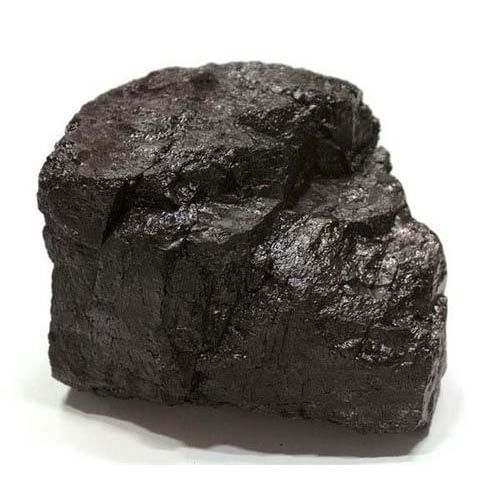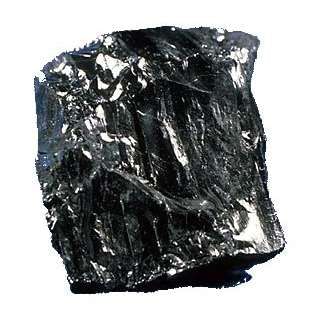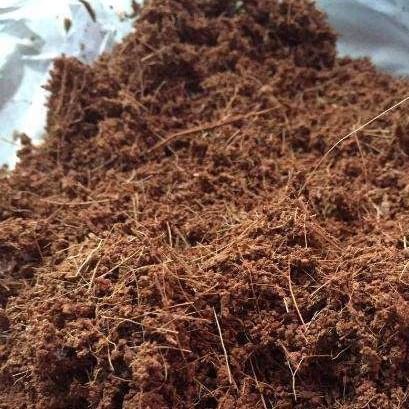UPSC Exam > UPSC Notes > Geography for UPSC CSE > Type of Coal
Type of Coal | Geography for UPSC CSE PDF Download
Coal
- Also called black gold.
- Found in sedimentary strata [layers of soil].
- Contains carbon, volatile matter, moisture and ash [in some cases Sulphur and phosphorous]
- Mostly used for power generation and metallurgy.
- Coal reserves are six times greater than oil and petroleum reserves.
Carboniferous Coal
- Most of the world’s coal was formed in Carboniferous age [350 million years ago][Best quality coal].
- Carboniferous age: In terms of absolute time, the Carboniferous Period began approximately 358.9 million years ago and ended 298.9 million years ago. Its duration is approximately 60 million years.
- The name Carboniferous refers to coal-bearing strata.
Formation of Coal
Amount of oxygen, nitrogen and moisture content decreases with time while the proportion of carbon increases [The quantity of carbon doesn’t increase, only its proportion increases due to the loss of other elements].
Capacity of coal to give energy depends upon the percentage or carbon content [Older the coal, much more is its carbon content].
Percentage of carbon in coal depends upon the duration and intensity of heat and pressure on wood. [carbon content also depends on depth of formation. More depth == more pressure and heat == better carbon content].
- Coal formed millions of years ago when the earth was covered with huge swampy [marshy] forests where plants – giant ferns and mosses – grew.
- As the plants grew, some died and fell into the swamp waters. New plants grew up to take their places and when these died still more grew.
- In time, there was thick layer of dead plants rotting in the swamp. The surface of the earth changed and water and dirt washed in, stopping the decaying process.
- More plants grew up, but they too died and fell, forming separate layers. After millions of years many layers had formed, one on top of the other.
- The weight of the top layers and the water and dirt packed down the lower layers of plant matter.
- Heat and pressure produced chemical and physical changes in the plant layers which forced out oxygen and left rich carbon deposits. In time, material that had been plants became coal.
- Coals are classified into three main ranks, or types: lignite, bituminous coal, and anthracite.
- These classifications are based on the amount of carbon, oxygen, and hydrogen present in the coal.
- Coals other constituents include hydrogen, oxygen, nitrogen, ash, and sulfur.
- Some of the undesirable chemical constituents include chlorine and sodium.
- In the process of transformation (coalification), peat is altered to lignite, lignite is altered to sub-bituminous, sub-bituminous coal is altered to bituminous coal, and bituminous coal is altered to anthracite.
Types of Coal
- Peat, Lignite, Bituminous & Anthracite Coal.
- This division is based on carbon, ash and moisture content.
Peat
- First stage of transformation.
- Contains less than 40 to 55 per cent carbon == more impurities.
- Contains sufficient volatile matter and lot of moisture [more smoke and more pollution].
- Left to itself, it burns like wood, gives less heat, emits more smoke and leaves a lot of ash.
Lignite
- Brown coal.
- Lower grade coal.
- 40 to 55 per cent carbon.
- Intermediate stage.
- Dark to black brown.
- Moisture content is high (over 35 per cent).
- It undergoes SPONTANEOUS COMBUSTION [Bad. Creates fire accidents in mines]

Bituminous Coal
- Soft coal; most widely available and used coal.
- Derives its name after a liquid called bitumen.
- 40 to 80 per cent carbon.
- Moisture and volatile content (15 to 40 per cent)
- Dense, compact, and is usually of black colour.
- Does not have traces of original vegetable material.
- Calorific value is very high due to high proportion of carbon and low moisture.
- Used in production of coke and gas.

Anthracite Coal
- Best quality; hard coal.
- 80 to 95 per cent carbon.
- Very little volatile matter.
- Negligibly small proportion of moisture.
- Semi-metallic lustre.
- Ignites slowly == less loss of heat == highly efficient.
- Ignites slowly and burns with a nice short blue flame. [Complete combustion == Flame is BLUE == little or no pollutants. Example: LPG]
- In India, it is found only in Jammu and Kashmir and that too in small quantity.

The document Type of Coal | Geography for UPSC CSE is a part of the UPSC Course Geography for UPSC CSE.
All you need of UPSC at this link: UPSC
|
175 videos|472 docs|197 tests
|
FAQs on Type of Coal - Geography for UPSC CSE
| 1. What is coal? |  |
Ans. Coal is a type of sedimentary rock that is primarily composed of carbon. It is formed from the remains of plants that lived and died millions of years ago. Over time, layers of plant material were subjected to heat and pressure, resulting in the formation of coal.
| 2. How is coal formed? |  |
Ans. Coal is formed through a process called coalification. It starts with the accumulation of plant material in swamps and marshes. Over time, the plant material gets buried and is subjected to high temperatures and pressure. This causes the release of water and gases, leaving behind carbon-rich material that eventually turns into coal.
| 3. What are the different types of coal? |  |
Ans. There are several different types of coal, categorized based on their carbon content and energy content. The main types of coal are lignite, sub-bituminous coal, bituminous coal, and anthracite. Lignite has the lowest carbon content and is considered the lowest rank of coal, while anthracite has the highest carbon content and is regarded as the highest rank of coal.
| 4. What is the significance of coal in energy production? |  |
Ans. Coal has been a significant source of energy for centuries and continues to play a crucial role in global energy production. It is used primarily for electricity generation and industrial processes. Coal-fired power plants are widely used to produce electricity due to the abundance and affordability of coal. However, the environmental impact of coal combustion has led to a shift towards cleaner energy sources.
| 5. How is coal used in industrial processes? |  |
Ans. Coal is used in various industrial processes, including steel production, cement manufacturing, and chemical production. In steel production, coal is used as a fuel in blast furnaces to provide heat and produce carbon monoxide, which reacts with iron ore to produce molten iron. In cement manufacturing, coal is used as a fuel in kilns, providing the necessary heat for the chemical reactions involved in cement production. In chemical production, coal is used as a feedstock to produce a wide range of chemicals, such as ammonia and methanol.

|
Explore Courses for UPSC exam
|

|
Signup for Free!
Signup to see your scores go up within 7 days! Learn & Practice with 1000+ FREE Notes, Videos & Tests.
Related Searches


















